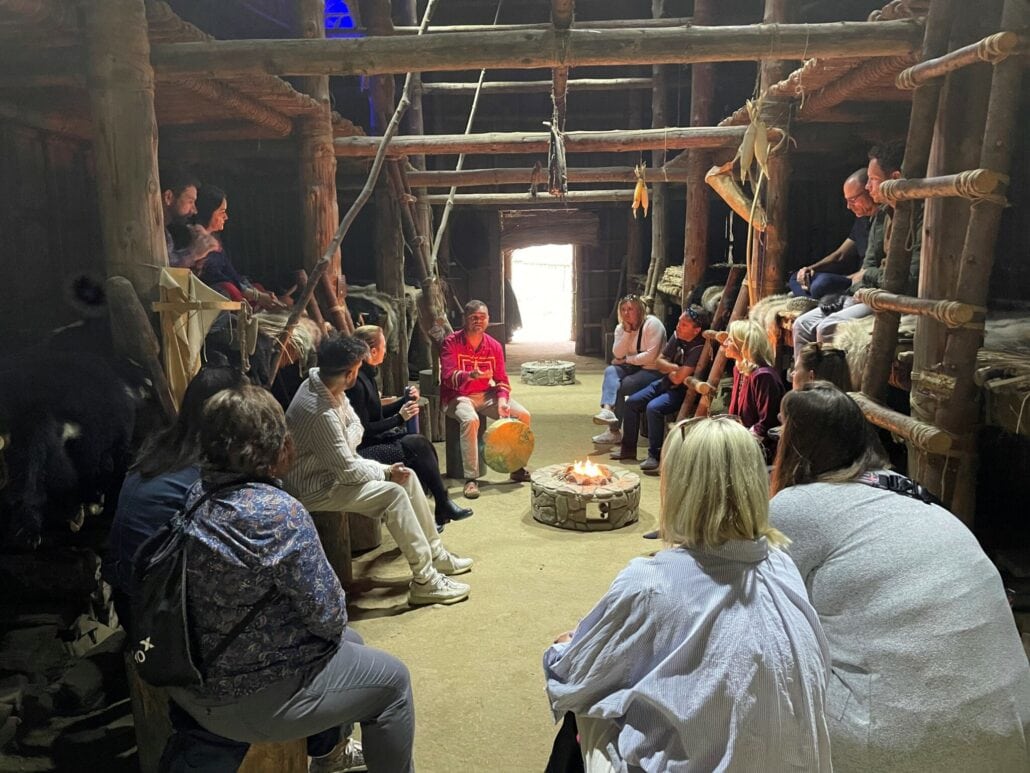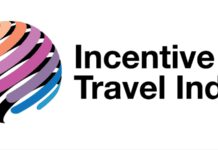
How can planners incorporate a sense of place from their destination into various aspects of their incentive program?
A recent two-day roundtable discussion organized by the Incentive Research Foundation (IRF) in partnership with Destination Canada, held at the Fairmont Le Château Frontenac in Quebec City, centered around how to position and develop programming around the destination to create a maximally impactful experience that will both reward current performance motivate incentive participants to excel in the future.
Here are seven of the conclusions the group reached on how to make that happen.
- Understand the priorities of both your participants and your decision-makers. Leaning on feedback from past programs, surveying the latest crop of program qualifiers, and holding discussions with leadership all will help you understand what they really want to accomplish. One participant said it can be helpful to ask questions more about what they want to do, rather than where they want to go, to help determine the best destination for the job.
One thing you may find, the program owners in the discussion said, is that leaders may be willing to spend more to outdo the competition these days. Now that the C-suite is increasingly focused on talent retention, it’s more important than ever to deliver an incentive that’s a “big win,” they said. However, they be cautious about going to new and unique destinations, even if that’s what attendees want, rather than the old reliable “sun and fun” destinations. And the purse strings are still tight enough that resorts with all-inclusive pricing continue to drive the decision-making process in many cases.
- New and authentic experiences are a must for today’s well-traveled, well-compensated participants. “Authenticity matters to people who have participated in previous incentive trips, are looking for something unique, and are excited by ‘money can’t buy’ experiences,” according to an IRF report on the discussions. This is especially key for groups going to a “tried and true” destination, which could feel stale and unexciting if you can’t come up with some new and different experiences. The group noted that a strong destination management organization (DMO) or convention and visitors bureau (DMC) can help.
- Make the destination the cornerstone of the incentive experience. Of course, the appeal of the destination has always been the controlling factor for most incentive planners, but it’s more important than ever to build a sense of place into every aspect of the program, from initial pre-event communications through the onsite experience to post-trip follow-up, the group said. Tell stories about what makes the destination unique, both historically and in the present, they said — and be sure to tie the local experiences you provide to the local culture.
- Delivering on authenticity can be tricky. Participants may not be able to differentiate what is authentic from their preconceived expectations or stereotypes about the destination — think hula dancers for a Hawaiian trip. One participant advised leaning into the stereotype, but surround the experience with authenticity, say by taking a stereotype of Canada, maple syrup, and turning it into an experience where the group can learn how maple sugar is extracted and processed, then include a cooking lesson that incorporates maple sugar. Again, work with the local DMO or CVB to identify ways to satisfy expectations while still providing an authentic experience.
- Use gifts to extend the impact. Talk with your local destination resources about local arts, crafts, foods and other items they can customize, rather than relying on the usual company-branded swag. If you want to take it up a notch, you can include entertainment, story tellers and other fun-yet-educational aspects to a trip to a local artisan market.
- Use every resource to learn the unique opportunities available in each destination. The first stop for most planners is word of mouth, be that in face-to-face talks with colleagues or via social media, especially visually oriented social media such as TikTok and YouTube. FAM trips are another good way to experience the destination in person, but only if the destination is on the planner’s short list, the group advised.
DMOs, CVBs are often underutilized resources, brought in only when the planner hits a snag or very late in the process. That may be because there’s a general sense that these organizations are mostly focused on working with citywides, not small incentive programs. Not true, said the CVB/DMO participants.
“A DMO can help inform, educate and guide conversations and design experiences or services that align with the group. Planners expect DMOs to clearly point to the ‘can’t miss’ opportunities in the destination, since they may have seen something else work with a different program of the same or similar size or profile,” according to the report. They also should have good relationships with local destination management companies (DMCs), which tend to be more involved in managing the planning, contracting, negotiating and logistical/operational aspects of the program from start to finish.
- Rely on your DMC. These folks have “boots on the ground” local knowledge and connections, from transportation, restaurants, activities to security, customs and event insurance, the group pointed out.
You May Also Be Interested In…
TikTok List Points to Top Incentive Travel Spots
Choosing the Right Corporate Gift: Make it About Them
Incentive Travel Forecast: Strong Demand, Strong Concerns










